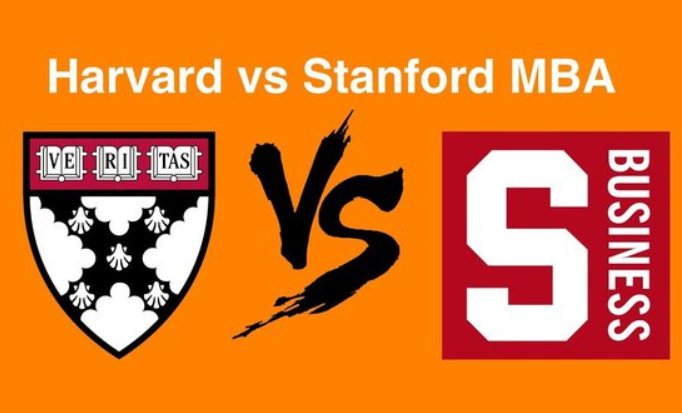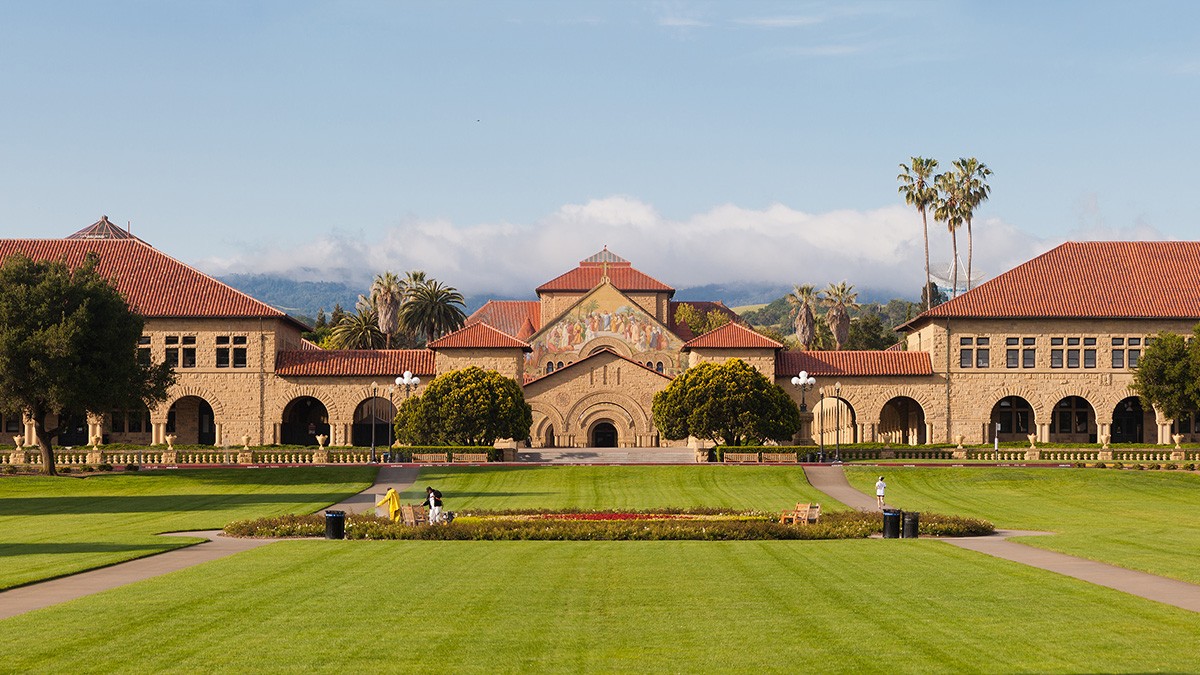Best Books to Read in 2023
Best Books to Read in 2023 Are you a bookworm or a bibliophile, if yes, then this is the ...
Let’s be straightforward: Stanford and Harvard are the two premier business schools globally. Earning an MBA from either institution is an unparalleled achievement in terms of prestige and status. The dynamics of the Harvard vs. Stanford MBA comparison manifest in application trends, as candidates frequently submit applications to both institutions. Rejections from one often lead them to consider and enrol in the other, showcasing the distinct allure and competitive nature of the Harvard vs. Stanford MBA choices.
Despite longstanding stereotypes about each school’s focus—Stanford for tech and entrepreneurship, Harvard for traditional corporate ascent—modern times have blurred these lines. Both schools now seek individuals capable of making substantial impacts in various settings, emphasizing capitalism from a compassionate, long-term perspective.
To delve into the nuances, we tapped into insights from MBA Admissions Officers, Stacy Blackman Consulting experts, and recent alums from Harvard Business School (HBS) and Stanford Graduate School of Business (GSB). Exploring their perspectives reveals the evolving landscape of these educational giants.
Also, read Top 10 World Changing Universities with Billionaire Alumni, Including India
Let’s discuss the pivotal choice between a Harvard and Stanford MBA. Both prestigious institutions offer unique advantages, with Harvard emphasizing a comprehensive business education and Stanford renowned for its innovation-focused approach. Dive into the nuances to tailor your MBA journey for unparalleled success
Harvard HBS:
HBS, being a general management school, prioritizes academic excellence, interpersonal skills, and innovation. It seeks candidates demonstrating ingenuity, forward-thinking, and a desire to create positive change globally. A delicate balance between ambition and humility is crucial, as excessive arrogance can undermine one’s chances.

Stanford GSB:
Stanford GSB looks for talented, diverse individuals with a significant impact on business and society. They value the “X” factor, a unique trait or experience, and are wary of candidates viewing the MBA as a mere credential for corporate ladder climbing. GSB’s smaller size emphasizes class balance and resilience gained from overcoming challenges.
While HBS emphasizes a broad array of essay topics, GSB stands out with its introspective “What Matters Most and Why” essay. Successful dual admits highlighted common factors: showcasing core passion, autobiographical achievements, and a multi-themed yet structured presentation. Both schools prioritize academic stats, intellectual prowess, leadership, and career clarity.
Statistical profiles for the Class of 2022 reveal comparable GMAT/GPA averages and similar demographic distributions. While both schools have increased STEM enrollments, GSB has maintained a slightly more diverse background with a focus on resilience.

Harvard boasts a sprawling global alumni network, exceeding 47,000 living MBA alums, while Stanford, with its 19,000 alums, strategically leverages its smaller size to foster a more closely-knit community. Harvard boasts a larger global alumni network, while Stanford’s network is more tightly knit. Recent rankings indicate close competition, with both schools consistently ranked among the top MBA programs globally. Both networks offer diverse chapters and serve as invaluable resources, yet Stanford’s intimate setting fosters a unique culture of mutual assistance among alums.
Also, read Study Abroad Funding: A Comprehensive Guide to Arranging Your Finances
A meticulous examination of the Class of 2020 career placement reports exposes intriguing distinctions. Stanford boasts a formidable 34% of graduates entering the finance industry and an impressive 28% venturing into the tech sector. In comparison, HBS reports comparable figures (34% in finance, 19% in tech) with a larger class size.
The geographical factor plays a pivotal role, with 60% of Stanford graduates opting to stay in the West, a stark contrast to 25% of HBS grads migrating to the West Coast. These statistics underscore Stanford’s tech dominance and shed light on the impact of regional preferences.

Stanford emerges as a thriving hub for entrepreneurship, with 18% of its 2020 graduates launching companies immediately, surpassing HBS at 10%. Notably, 15 years post-MBA, both institutions exhibit similar percentages of alumni transitioning into entrepreneurship, showcasing a convergence in long-term career paths.
Harvard claims a significant presence in venture capital, constituting nearly 25% of the industry, closely followed by GSB with 40% of venture capitalists holding Harvard or Stanford MBAs. The lines between traditional career trajectories blur as both institutions significantly contribute to the dynamic landscape of entrepreneurship.
Cultural distinctions play a significant role in decision-making. HBS is perceived as case-driven, fostering intense intellectual discussions, while GSB prioritizes personal development, creating a supportive culture through experiential courses like “Touchy Feely.” Personal preferences, such as the pace of learning and the balance between structure and flexibility, influence applicants’ choices.
Geographically, Stanford’s Silicon Valley location contrasts with Harvard’s Boston setting. HBS’s larger size fosters a more extensive alumni network, while GSB’s intimate scale promotes a close-knit community. Harvard’s sprawling campus contrasts Stanford’s modern, environmentally sustainable facilities, encouraging interdisciplinary collaboration.
HBS’s case study approach, known for its intensity, differs from GSB’s mix of case studies, team projects, and experiential learning. Both programs have a general management focus, with Stanford’s proximity to Silicon Valley enhancing its appeal to aspiring entrepreneurs.
Career placement reports indicate HBS excels in finance, while Stanford dominates in tech due to its Silicon Valley location. The West Coast attracts a majority of Stanford graduates, while HBS sees more placements in the Northeast. Long-term career paths reveal a blurring of lines, with HBS alums prominent in entrepreneurship and VC, mirroring Stanford’s strengths.
Choosing between HBS and GSB involves assessing cultural fit, practical career positioning, and individual strengths. Personal visits, conversations with students and alumni, and evaluating each school’s approach are crucial steps. In the end, fortunate dual admits can confidently choose either, as both institutions offer unparalleled opportunities.
Also, read Study Abroad: The Ultimate Guide to Answering Your Top Searched Questions
Meet Tanu Bhatnagar, an educational expert with extensive experience in teaching, research and mentoring.With a decade in... (Full bio)

Best Books to Read in 2023 Are you a bookworm or a bibliophile, if yes, then this is the ...

In the exhilarating journey of 10 Proven Memorize Techniques for Students learning, memory is your trusty companion. Whether ...

Top 20 toughest exams in world is about exams in the world that required very hard work to ...

Top 20 toughest exams in India - Exams are the perhaps most toughest moments for any student. A ...

Top 20 Colleges of DU Getting admissions to the top 20 colleges of DU is a dream for every ...

Top 20 NITs of India - Amongst the 31 NITs in India, today, we are talking ...

Here are the Top 12 Artificial Intelligence in Mumbai. Artificial intelligence (AI) refers to the simulation of human ...

As you stand on the Best Science Courses after 12th academic journey, the realm of science beckons, offering ...
Millions of students have entrusted CollegeChalo to facilitate their seamless and smooth admission process to their dream colleges and universities. With CollegeChalo, you can gain a competitive edge by easily accessing exam and course details to stay ahead of the admission journey. What are you waiting for?
Search your dream college